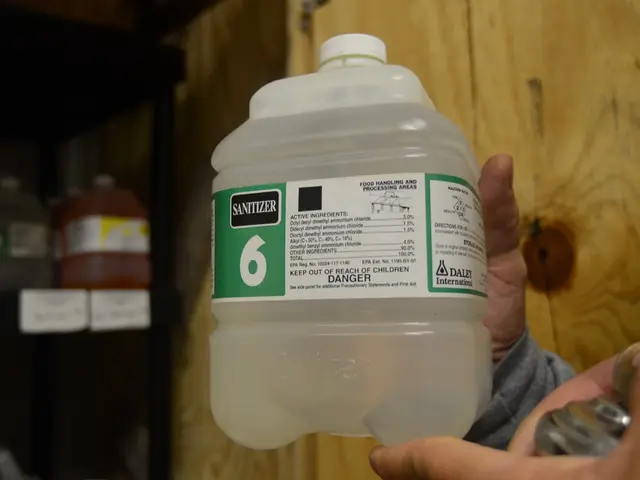Price Reduction Equation
Understanding Discounts in Retail and Business
Discounts are a common strategy used by retailers and businesses to attract customers and boost sales. In this article, we will explore the main types of discounts, their calculations, and examples.
Types of Discounts
- Promotional Discount – Offered during special occasions such as festivals like Diwali or events like Big Billion Days, these discounts aim to promote sales.
- Trade Discount – Given by manufacturers or distributors to retailers as a special price concession to encourage bulk purchases or ongoing business relationships.
- Quantity Discount – Provided when customers buy in large quantities, motivating bigger orders. Examples include “Buy 2 Get 1 Free” or bulk price breaks.
- Buy One Get One (BOGO) Discount – Customers buy one item and get another free or at a lower price, often used to move inventory quickly and increase order size.
- Percentage Sale Discount – A fixed percentage off the marked price, such as 20% off, commonly used to attract customers.
Other types include bundle pricing, flash sales, price breaks, and stackable discounts, often tailored for e-commerce strategies.
Calculation of Discounts
The discount is the difference between the marked price and the selling price:
The discount percentage (or discount rate) is calculated as:
To find the selling price after discount, we use the following formula:
For example, if the marked price is ₹2000 and the discount rate is 20%, then:
Successive Discounts
When faced with successive discounts, we can use the following formula to calculate the total discount:
where x and y are two successive discounts.
Examples
- Mallika bought a jacket for ₹1750 at a discount of 30% from its marked price of ₹2500.
- Discount = 30% of ₹2500 = ₹750
- Selling Price = ₹2500 - ₹750 = ₹1750
- The article Sita purchased from Mr. Ramlal for ₹500 had an original market price of ₹588.23.
- Discount Percentage = (588.23 - 500) / 588.23 × 100 = 14.37%
Summary Table of Common Discounts and Calculations
| Discount Type | Description | Calculation Example | |-----------------------|----------------------------------------------|----------------------------------| | Promotional Discount | Festive or event-based sales | Marked Price - Selling Price | | Trade Discount | Discount to retailer from distributor | Discount % based on Price | | Quantity Discount | Discount for large quantity purchases | Depends on number of items | | BOGO Discount | Buy one item, get another free or reduced | Effectively 50% off two items | | Percentage Sale | Fixed % off the marked price | Discount % × Marked Price |
- To effectively manage personal-finance and make smart investment decisions, one must understand various discount strategies used in business, such as promotional discounts and percentage sale discounts, as they can significantly impact the cost of goods bought for education-and-self-development or lifestyle purposes.
- In the realm of finance, the technology of a trie data structure can be utilized to efficiently store and search for different types of discounts, aiding in business decision-making processes and increasing overall profitability.
- If you're considering starting a business in the retail sector, understanding trade discounts offered by manufacturers and distributors can help you negotiate better prices, thereby reducing costs and enhancing your competitive edge.
- Quantity discounts can also play a pivotal role in the business of mathematics. By clearly illustrating the benefits associated with purchasing learning materials or supplies in bulk, you can attract more customers and encourage ongoing business relationships.




